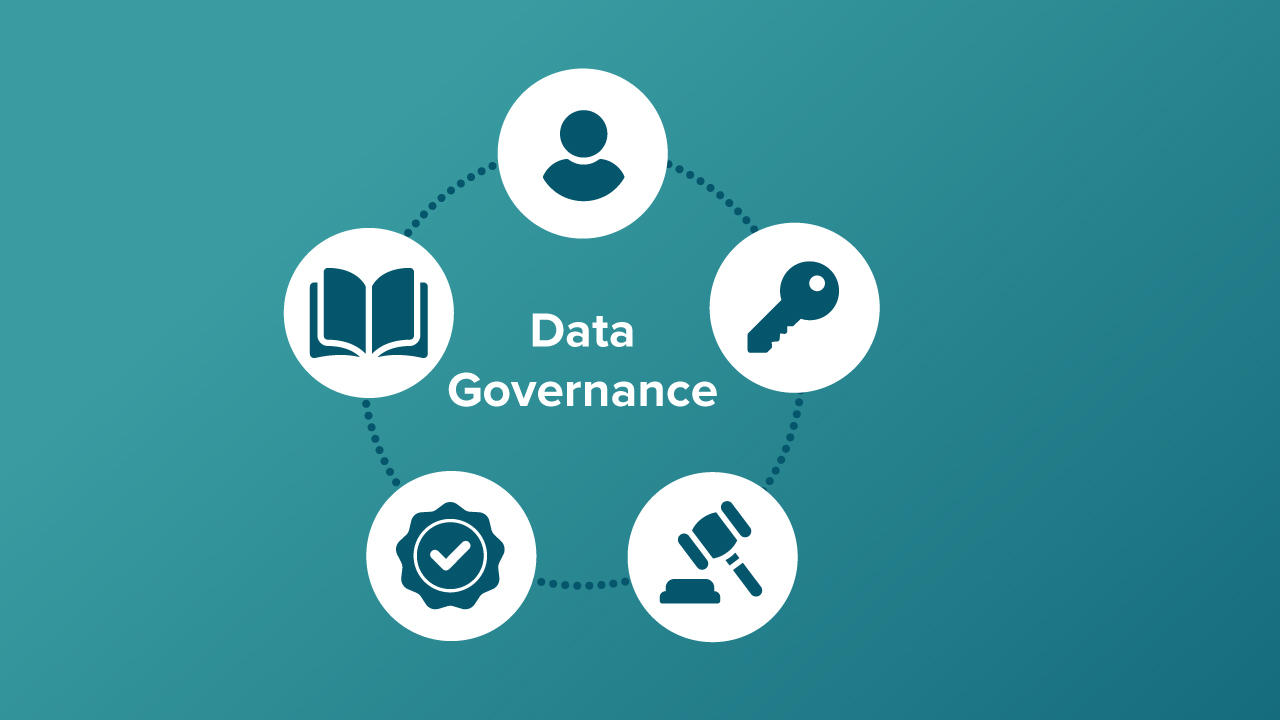Introduction:
In the digital age, data has emerged as the lifeblood of organisations, driving decision-making, innovation, and competitiveness. As the volume and complexity of data continue to surge, effective data governance has become paramount to ensure the reliability, security, and quality of information. At the heart of this governance framework lies data architecture, a key enabler that shapes the way organizations manage and leverage their data assets.
Understanding Data Architecture:
Data architecture serves as the blueprint for organising, storing, processing, and accessing data within an organisation. It encompasses the structure, policies, standards, and technologies that define how data is collected, stored, and utilised across the entire data lifecycle. In the realm of data governance, a robust data architecture plays a pivotal role in ensuring that data is treated as a strategic asset, rather than a mere byproduct of operations.
Key Components of Data Architecture in Data Governance:
- Data Modeling:
- Data modeling involves creating abstract representations of the organisation’s data, illustrating the relationships and dependencies between different data elements. This is crucial for understanding the semantics of data, which is foundational to effective governance.
- Data Storage and Management:
- The architecture outlines the methods and structures for storing data, whether it’s in traditional relational databases, NoSQL databases, data lakes, or a hybrid approach. It also dictates how data is organised, partitioned, and indexed for optimal performance and accessibility.
- Data Integration:
- Integration is vital for connecting disparate data sources, ensuring a unified and consistent view of information across the organization. Data architecture defines the mechanisms for data integration, including ETL (Extract, Transform, Load) processes, APIs, and middleware.
- Metadata Management:
- Metadata, or data about data, is a critical aspect of data governance. Data architecture establishes guidelines for capturing, storing, and managing metadata, providing a comprehensive view of data lineage, quality, and usage.
- Data Security and Privacy:
- Data architecture plays a key role in defining security measures to protect sensitive information. This includes encryption, access controls, and compliance with data privacy regulations such as GDPR or HIPAA.
- Scalability and Performance:
- As data volumes grow, the scalability and performance of data systems become paramount. Data architecture defines strategies for scaling infrastructure and optimizing performance to meet the evolving needs of the organization.
Benefits of a Strong Data Architecture in Data Governance:
- Improved Decision-Making:
- A well-defined data architecture ensures that decision-makers have access to accurate and timely information, facilitating informed and strategic decision-making processes.
- Enhanced Data Quality:
- By establishing data quality standards and procedures, data architecture contributes to the creation and maintenance of high-quality data, reducing errors and inconsistencies.
- Regulatory Compliance:
- Compliance with data protection and privacy regulations is a non-negotiable aspect of modern business. A robust data architecture aids in implementing and maintaining compliance measures, safeguarding against legal and reputational risks.
- Efficient Data Management:
- Effective data architecture streamlines data management processes, reducing redundancy, improving data governance workflows, and enhancing overall operational efficiency.
Conclusion:
In the ever-evolving landscape of data governance, data architecture stands out as a linchpin that holds the various components together. It provides the structural foundation for organisations to manage their data with precision, ensuring that it remains a valuable asset rather than a liability. As businesses continue to recognise the importance of data-driven decision-making, investing in a robust data architecture becomes not only a strategic imperative but a necessity for survival and success in the data-driven era.

